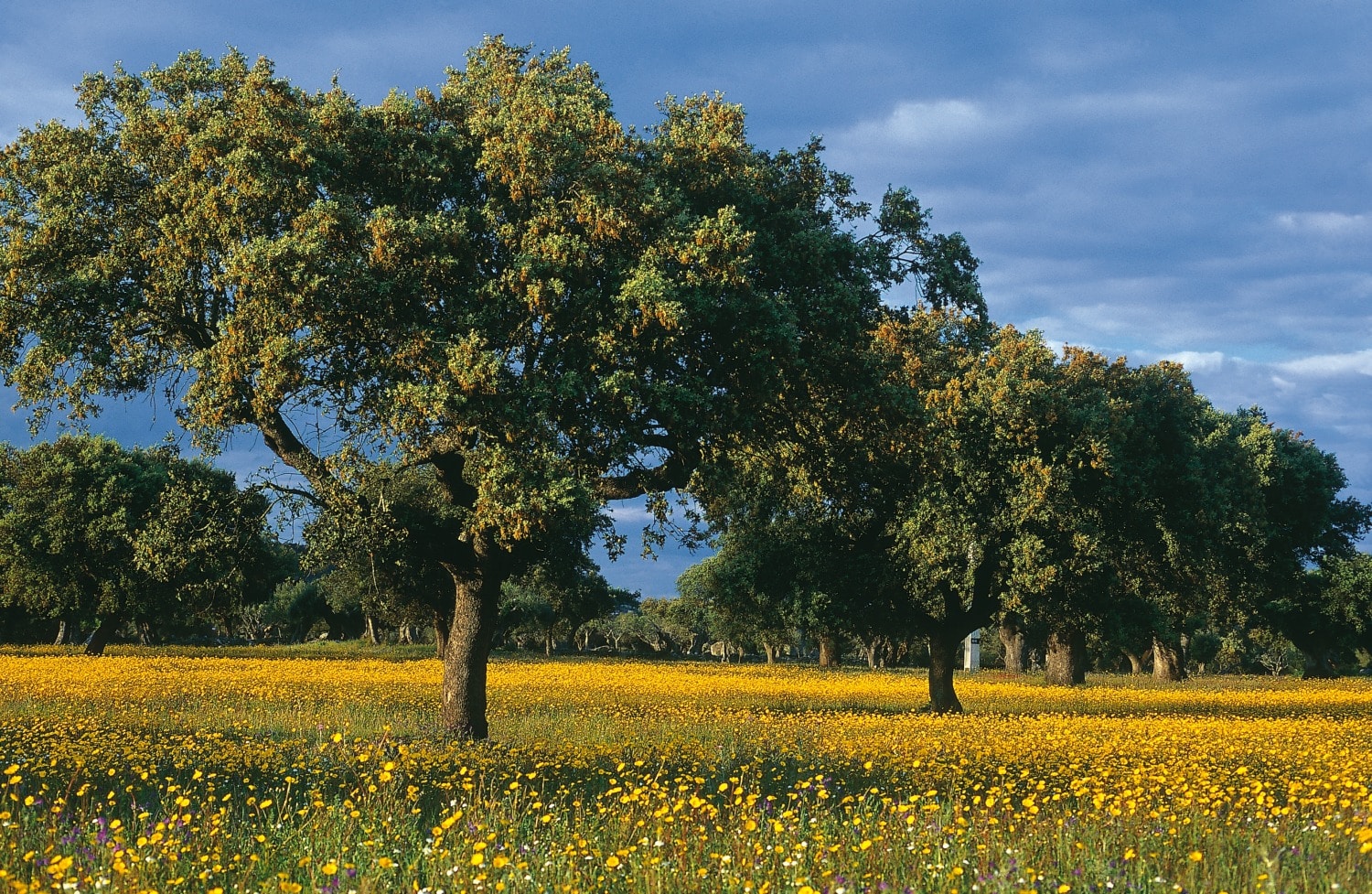At first glance, the middle-aged woman with glasses and greying hair is just wrapping little balls of clay the size of marbles but within seconds shapes appear – a head, legs, arms, then finally a fully developed figure. Together with her sister and nephew, Maria Inácia Fonseca runs the craft studio Irmãs Flores in the small town of Estremoz in Portugal’s Alentejo region. They are three of only ten people who uphold a tradition which dates to the seventeenth century.
Day in day out they create small artworks depicting natural elements, local trades and events, popular traditions and devotions. “I started when I was 13 years old”, says Fonseca. “Since UNESCO inscribed our Estremoz clay figures on their cultural heritage list, we’ve become even busier though we still only have the same number of hands. I’m ready to retire but who will continue this work?”
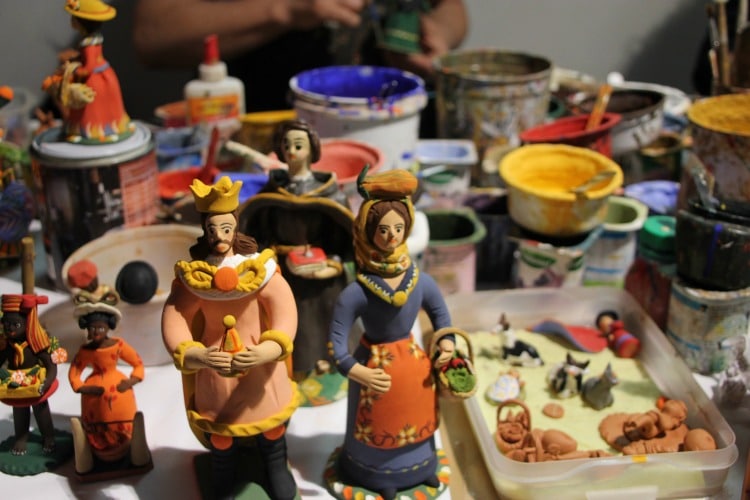
A Trip Back in Time
The clay figures of Estremoz are not the only example of the country’s endangered craftsmanship but the Alentejo region just might be the best place to protect them. Travelers who skip the more famous beaches of the Algarve or the wine temptations of the Douro will journey past wheat fields, wildflower meadows, sleepy white-washed villages, majestic medieval cities and endless cork oak forests. To visit the Alentejo, Portugal’s largest but least developed region, is to travel back in time.
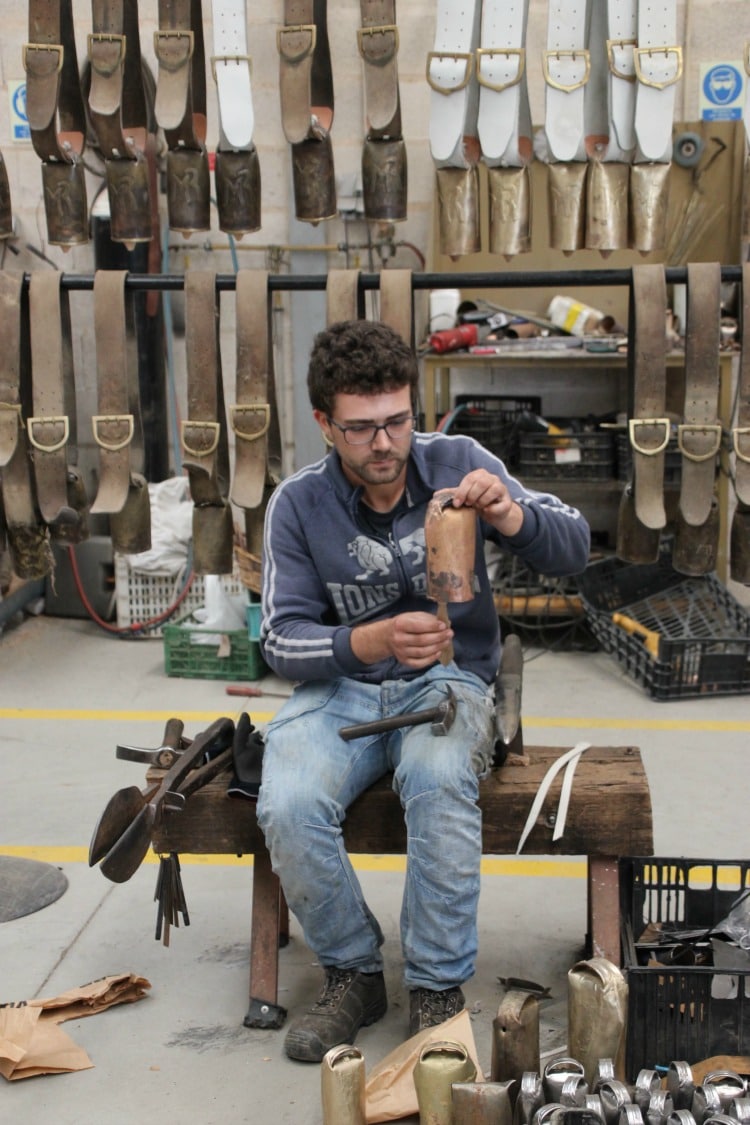
The Portuguese Cowbell
Its proud if melancholic people valiantly cling to their local crafts like young Riu Picaveu who continues the custom of cowbell making, an art form that has existed in the Alentejo for over two thousand years. The Portuguese cowbell has an unmistakable sound and can still be heard in rural areas where animals are herded.
The bells, starting from as low as 4 Euros and becoming more expensive according to size, get exported to France, Spain, and even Angola. Only 13 master cowbell manufacturers remain in Portugal, with the majority located in the Alentejo.
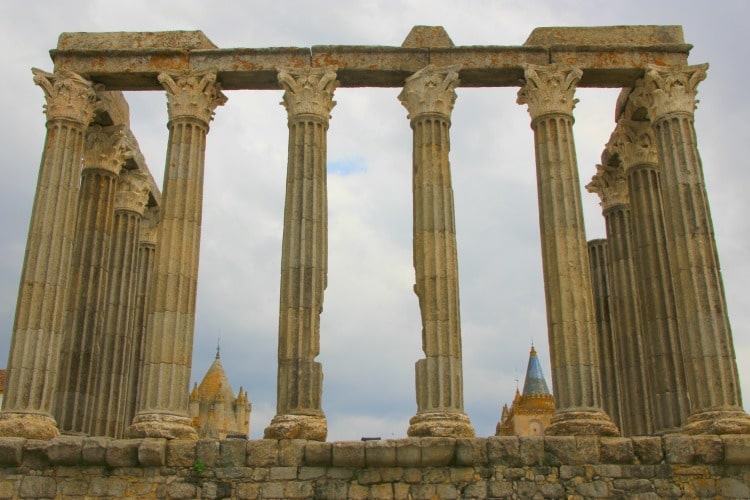
Enchanting Évora
Besides the two endangered cultural traditions, UNESCO has also listed the town of Évora, arguably the region’s biggest attraction and an enchanting place to delve into the past. Inside the 14th-century walls, Évora’s narrow, winding lanes lead to a vast array of fascinating historical monuments: Portugal’s largest medieval cathedral; the columns of Templo Romano; a picturesque town square, once the site of some rather gruesome episodes during the Inquisition; and the macabre crypt of the Capela dos Ossos (Chapel of Bones).
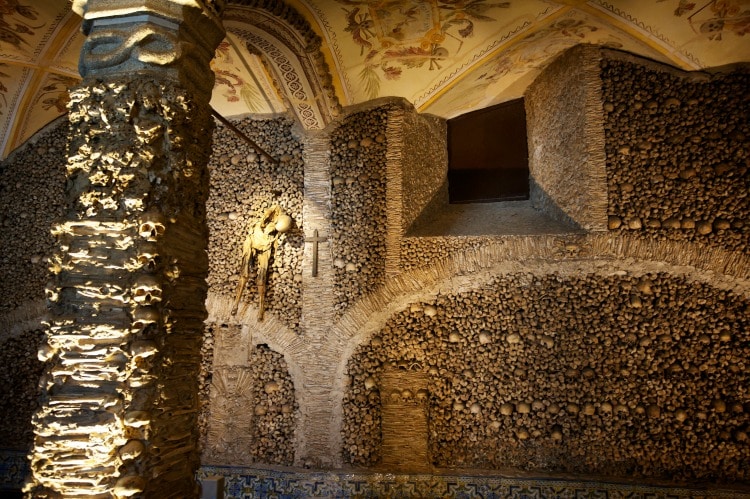
Along the cobblestone streets, many shops sell products made from cork like hats, handbags, baskets, coasters and even postcards. “Cork is Portugal’s biggest industry and exports account for about 70 percent of the entire world trade”, says guide Luis Ribeiro de Fonseca. Throughout the summer months, axes can be heard in the montados (cork oak woodlands) of the Alentejo before the trees begin their nine-year-long process of regenerating their corky cladding.
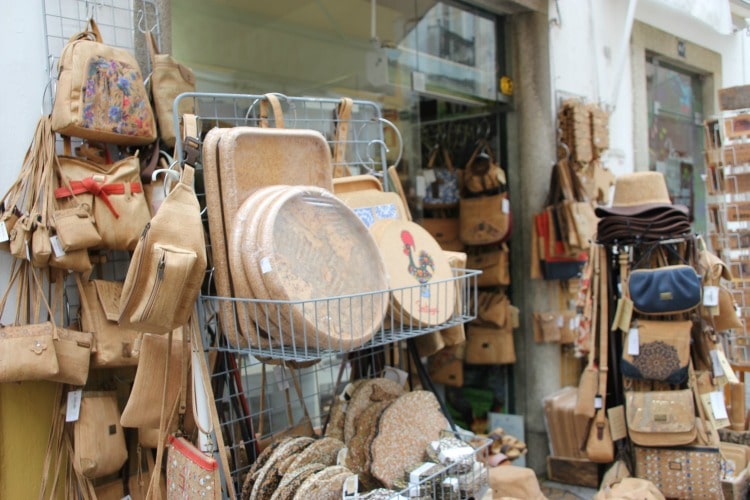
Local Specialities & Wines
Although some landowners have become wealthy thanks to the cork trees, the region is one of the poorest in Western Europe. As a result, the traditional cuisine is very simple and based on fresh local ingredients which grow in abundance in the fertile surroundings. The food consists mostly of soups, meat, fish and bread flavored with olive oil and homegrown herbs like coriander and mint. Many towns have their own specialties, such as egg-yolk based desserts or bacalhau dourado, a dish of cod mixed with eggs and fries which was invented in Elvas in 1947.
Just like the dishes they complement, Alentejo’s wines are rustic and rural, yet with a hint of style and substance. The distinct characteristics of the soils according to area (limestone, schist, and granite), the long hours of exposure to the sun and a group of selected grape varieties enable high-quality production. Alentejo is known for its red blends, rich and fruity easy drinkers, which have made their way into the restaurants of Lisbon and the world.
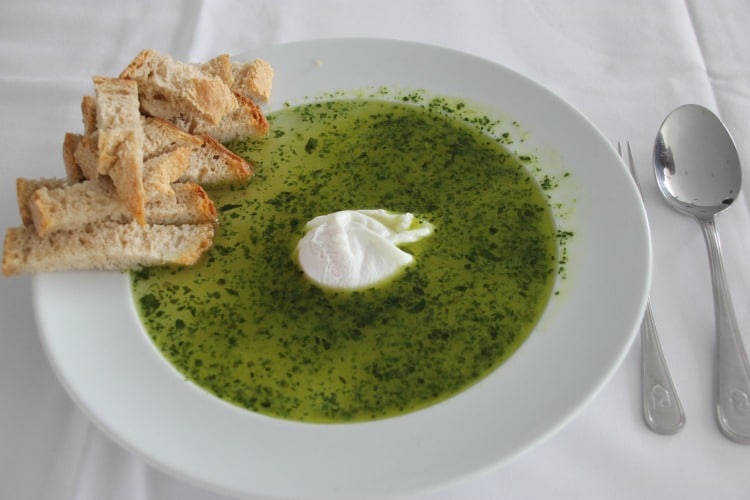
Undiscovered Territory
Visiting Alentejo feels like charting undiscovered territory, away from the hustle and bustle of everyday life. Instead of big hotel chains, owner-operated B & Bs, often down a dirt road in the countryside or in a remote village, guarantee a peaceful sleep while the pousadas offer affordable stays in some of the country’s magnificent old buildings like monasteries or castles.
Sights like the majestic Fort of Graça near the border town of Elvas are not visited often and lines at ticket offices are almost non-existent. “We’d love to have more visitors”, says guide Margarida Ribeiro, adding that the site was only opened as a museum in 2015. Designed to withstand intense bombardment, the star-shaped fortress was built between 1763 and 1792 and is a masterpiece of military fortification. Featuring three defense lines, two moats, thick walls and thick slopes, Fort of Graça was never attacked. However, it was used by the military, then became a political prison until 1974. “Sometimes we have former inmates coming to visit and their stories, especially of those who were in solitary confinement, are heart-breaking”, says Ribeiro.
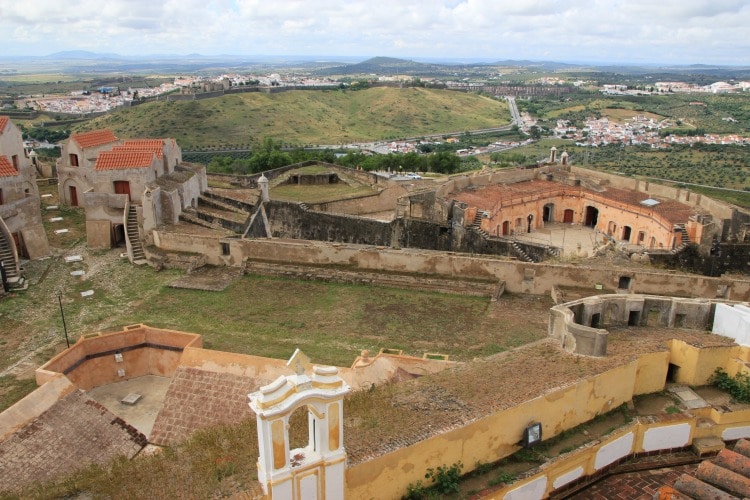
Just like the fortress, the town of Elvas is a uniquely well-preserved historic frontier, a mere 12 kilometers from the Spanish border. Few tourists find their way here but those who do are rewarded with a Moorish castle, the biggest aqueduct on the Iberian Peninsula and the handsomely tiled Praça da República square which is dominated by the former cathedral, the Igreja de Nossa Senhora da Assunção.
Century-old traditions, unusual food and historical treasures are to be found everywhere. The world is yet to discover Alentejo. Get there before it does.
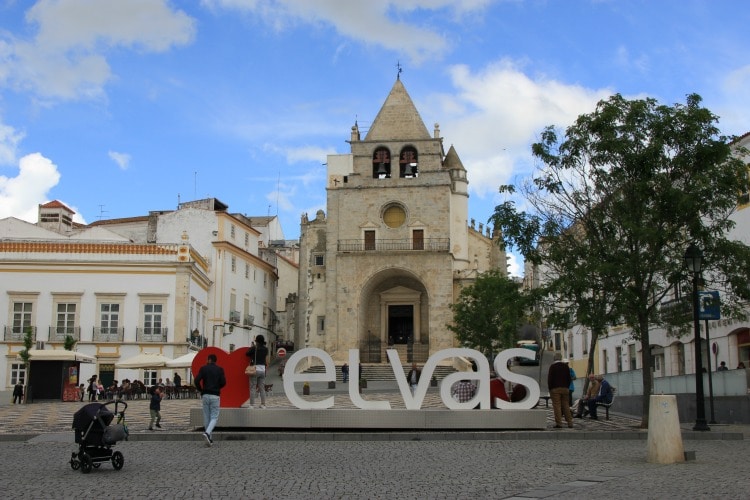
[alert type=white]
The country code for Portugal is 351.
Where to Stay:
Hotel Vila Galé Évora – Located just outside the historic city walls of Évora, this modern hotel has a contemporary vibe, complemented by two restaurants, a hip lounge, a seasonal pool bar, two pools and a spa. Avenida Túlio Espanca, Évora, +351-266-758-100; www.vilagale.com/pt/hoteis/alentejo/vila-gale-evora/
Casa do Terreiro do Poço – This country house boasts a mix of European and oriental influences, frescos, and murals. The rooms differ from each other and the breakfast tempts with traditional Alentejo bread, homemade jams and local cheeses. Largo dos Combatentes da Grande Guerra 12, Borba, +351-917-256-077; www.wonderful.land/terreiro
Monte Saraz – an 18th-century ‘monte’ (a typical Alentejo farming estate) which has been restored to its original state, offering repose and comfort in separate farmhouses or in suites located in the main building, close to the medieval town of Monsaraz. Horta dos Revoredos, +351-266-557-385; www.montesaraz.com
Where to Eat:
Ristorante O Fialho – An icon of Évora’s culinary scene, O Fialho has been wowing diners for three generations. Amid wood paneling, excellent Alentejan cuisine is served on white tablecloths. Booking ahead is recommended. Tv. das Mascarenhas 16, Évora, +351-266-703-079; https://restaurantefialho.pt
Santa Luzia Hotel – This is the place where the ‘Bacalhau Dourado’ (‘Golden Codfish’) was born, which is of course still a staple on the menu. On request, the chef can give a cooking demonstration of the dish. Av. de Badajoz, Elvas, +351-268-637-470; www.slhotel-elvas.pt
São Lourenço do Barrocal – Alentejan fine dining at its best. Drawing patrons from near and far, São Lourenço do Barrocal offers the freshest organic produce and local delicacies with a contemporary touch. 7200-177 Monsaraz, +351-266-247-140; https://barrocal.pt
What to Do:
Irmãs Flores – Visit the studio of the Flores sisters for a close-up view of the century-old tradition of making clay figures. Watch how they mold clay and paint their ceramic creations in the back room, then browse the shop for one of the best. Largo da República 32, Estremoz, +351-268-324-239
Chocalhos Pardalinho – Drop in here to see how each cowbell is handmade by shaping an iron plate, fusing it with copper in the kiln and hanging the clapper inside. Zona Industrial das Alcáçovas, Rua dos Saberes e Sabores 12, Alcáçovas; http://chocalhospardalinho.com
Fort of Graça – Sitting on a hillside outside Elvas, and only a few miles from the Spanish border, this is a masterpiece of military fortification and well worth a visit both for its unique features and stories.
[/alert]

